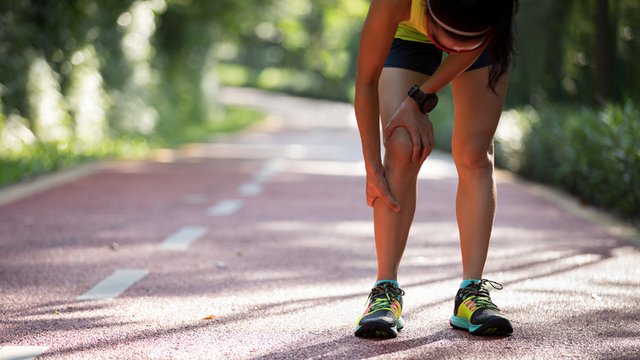

An injury can seriously affect the performance of athletes, whether amateur or professional. As a result, more and more people are looking for ways to prevent these injuries or to heal them once they have occurred.
In recent years, the demand for qualified sports reconditioning professionals and physios has increased dramatically. If you are interested in working in this sector, you can acquire all the necessary skills with our Master in Sports Physiotherapy.
For now, let's focus on the different sports injuries that exist and how we can prevent them.
What types of sports injuries are there?
Many injuries occur while taking part in sport or physical exercise. More specifically, they can be caused by poor posture, a fall or an accident. Sometimes, this happens simply because we do not know the right habits for practising a sport.
Injuries can be classified according to the location of the damage:
- Muscle injuries: these usually occur in sports with explosive and repetitive movements, such as jumping or weightlifting. They occur when the muscle is stretched or torn due to excessive strain or poor posture. Pulls or strains are some examples.
- Ligament injuries are common in contact sports, such as rugby or basketball. Ligaments are damaged by twisting or impact to the joint, as in ankle or knee sprains, two of the most common football injuries.
- Tendon injuries arise from inflammation or degeneration of the tendons. Tendonitis or tendinosis are common in sports that require repetitive movements, such as tennis or swimming.
- Bone injuries: fractures or dislocations occur when the bone is broken or dislocated by a traumatic force, such as impact.
- Skin and soft tissue injuries: these are caused by impact or friction with the skin. They are typical in sports involving falls, such as skating or cycling. Among the most common sports injuries in this category are abrasions.
How to prevent sports injuries?
Although some injuries are more common in certain sports, no sport is free of risk. It is therefore important to take preventive measures and seek treatment if they occur.
Injuries caused by accidents are more unpredictable and difficult to control. However, reinforcing and ensuring good sports practice is one of the best tools for preventing sports injuries.
Here are some guidelines to follow if you want to reduce the risk of suffering them:
- Warm up properly: this will help you prepare your body for physical activity.
- Wear protective equipment: this will vary depending on the sport, and may include helmets, shin guards, knee pads and gloves.
- Increase the intensity and volume of training gradually: this allows the body to adapt to the new level of exertion.
- Maintain a good physical condition: it is advisable to maintain healthy habits. For example, you can do physical therapy in sport.
- Adequate rest: to allow the body to recover and thus prevent injuries due to fatigue or overtraining.
- Maintain good sport technique: which reduces the likelihood of injury related to poor posture or movement.
In addition, it is important to understand that each sport has its own risks and requirements. Therefore, it is essential to have the advice of an expert who can provide us with personalised guidelines and monitor our training. Programmes such as the Physiotherapy degree or the online Physiotherapy course at Universidad Europea prepare you for this role (on our website you will find more information about different master's degrees in Sport).
What to do in case of injury? Steps to take
Reducing the risk of injury to zero is highly improbable, so we must be able to know how to act if it happens. Here are the steps you can take to help you recover:
- Apply ice: applying ice to the affected area for 15-20 minutes every 2-3 hours for the first 72 hours will reduce swelling and pain.
- Rest the affected area: this allows recovery and reduces the risk of further complications.
- Elevate the affected area above the level of the heart: this action also reduces swelling.
- Consult a medical professional for an accurate diagnosis and appropriate treatment.
- Rehabilitation: if the injury requires it, therapy with a physiotherapist can mitigate the damage.
As you can see, while doing physical exercise is essential for our health, we must make sure we do it correctly. Injury prevention and rehabilitation is therefore a great tool to improve our physical conditioning.